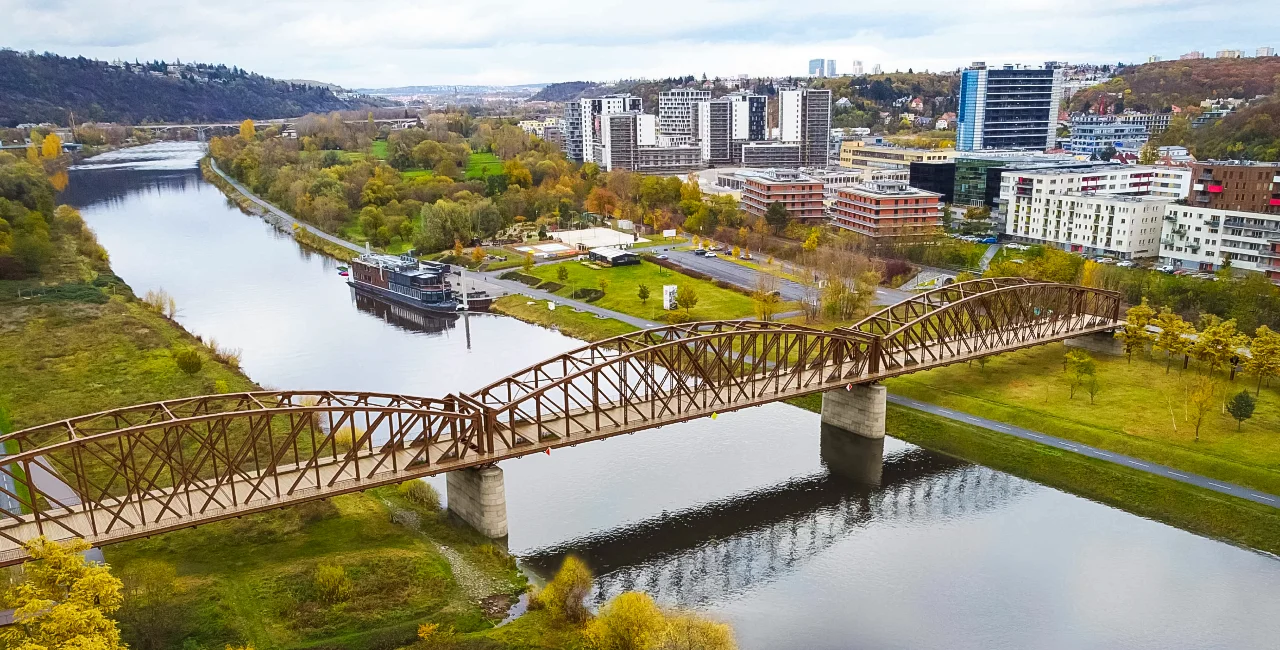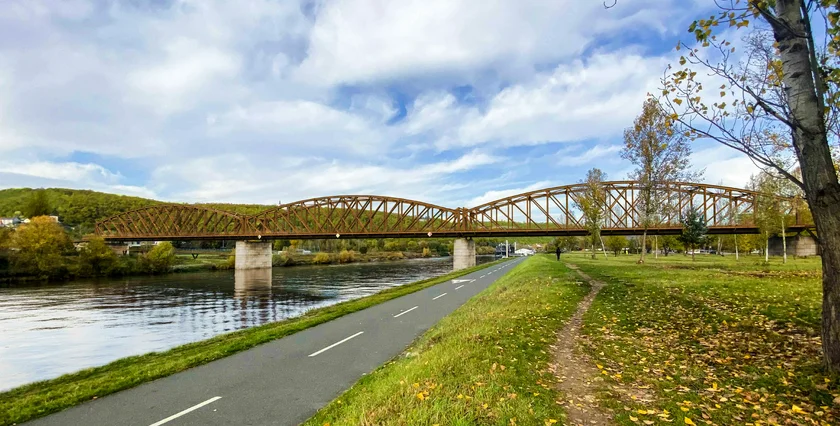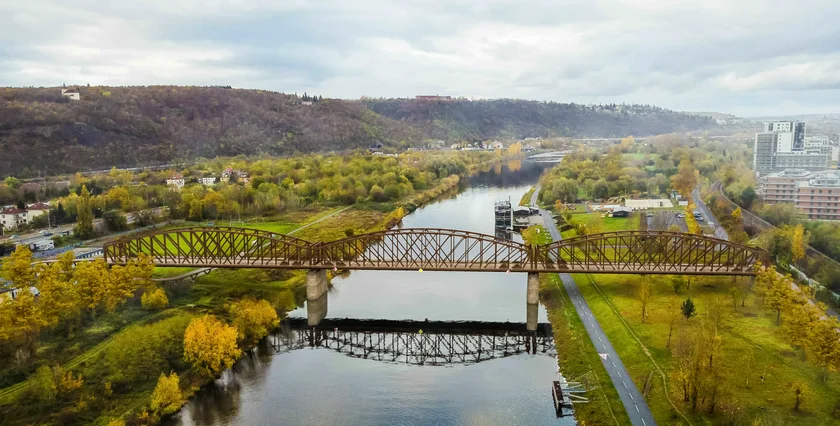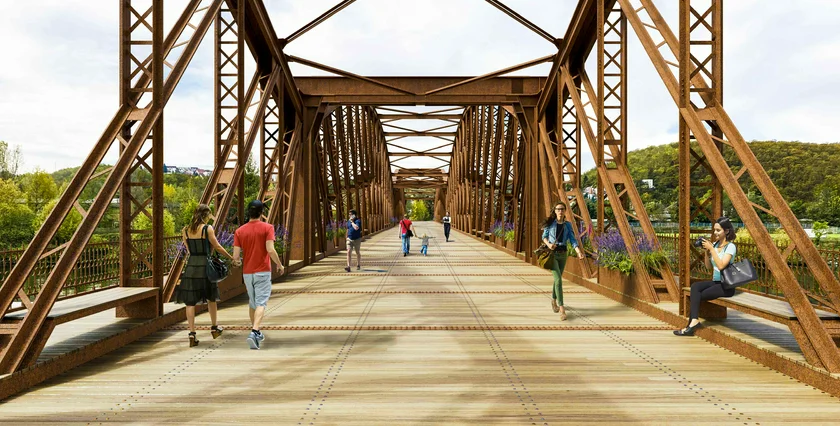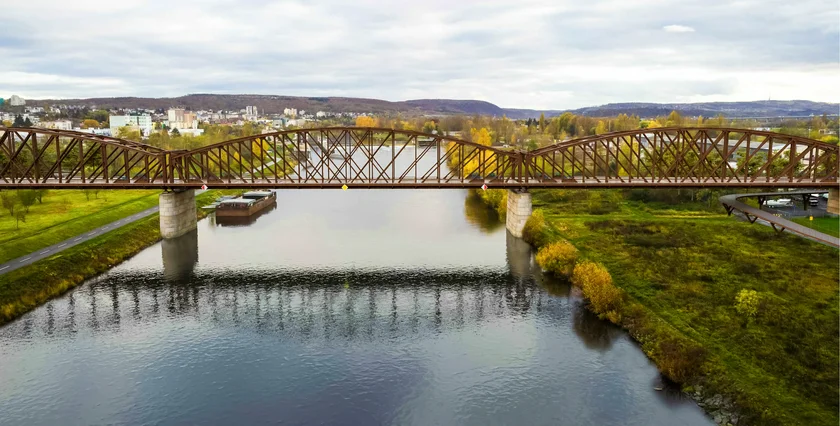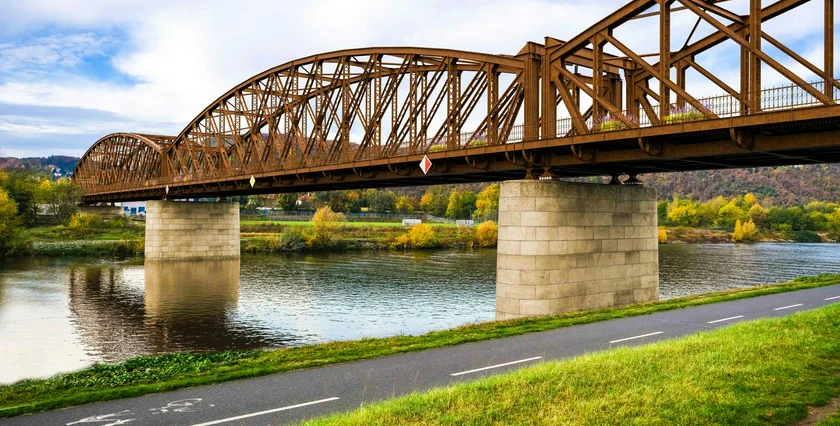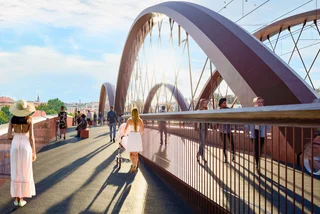In a groundbreaking decision, Prague councilors have approved the possibility of relocating the city’s historic Vytoň Bridge. The steel structure, which has been a point of contention in recent decades, is set to be moved to a new location and restored to its original art nouveau form. The decision comes after years of debate and protest about the bridge's future, and is expected to have a major impact on the city's transportation and tourism.
Replace, repair, or remove?
Debate has raged over what to do with the bridge, which dates back to 1871. Last June, UNESCO called for the bridge’s preservation, saying it was “too culturally significant” to change. However, others – such as the SŽ – say that the bridge is in such poor condition that its reconstruction would be long, even more expensive than a replacement, and its lifespan would be significantly shorter than a new bridge.
PARTNER ARTICLE
"The Vytoň Bridge is a valuable historical monument that is inextricably linked to Prague," said Prague Deputy Mayor for Transport Zdeněk Hřib in a press release from the City of Prague. "Therefore, if the Railway Administration (SŽ) decides that the steel part of the bridge can no longer be preserved in its current location, we come up with a solution to move this cultural monument in a dignified manner so that it can continue to be actively used in our city."
A new look and easier mobility
The bridge is slated to be moved over 6 kilometers upstream to the Prague 12 area of Modřany. This move will serve as a solution to the SŽ’s need for a new three-track bridge to accommodate the growing demand for rail transport. The original structure will serve as a footbridge for pedestrians and cyclists, connecting the neighborhoods of Modřany and Chuchle (Prague 16).
"Today, we approved the possibility of preserving and relocating the Vytoň Bridge, provided that the entire project is paid for by its owner, i.e. the state," said Prague Deputy Mayor for Culture Jiří Pospíšil. "Prague will have no additional costs and will gain a new tourist spot that will relieve the crowded city center,” he added.
The move will also allow for the preservation of valuable historical pillars at Výtoň, under the original construction for the new bridge. The project will involve submerging the structure below the surface in certain areas, blasting and repairing it, and restoring the original Art Nouveau elements that were removed for electrification.
"The construction of the existing bridge is older than 100 years and is beyond repair for railway traffic purposes," said Pavel Paidar, Director of the Construction Preparation Department of the Railway Administration. "However, we are not alien to the values of historical heritage. We are happy that by moving to a new location, we will breathe a second life into the old bridge."
Improvements to the area
The decision to relocate the bridge has been met with enthusiasm from officials, who see it as a necessary step for the city's development. "Today, Výtoň is the bottleneck of the railway network, which we urgently need to fundamentally increase in capacity in order to be able to transport more commuters from the regions, even in long-distance transport," said Petr Hlaváček, Deputy Mayor of Prague for territorial development and spatial plan.
The new bridge will also have a significant impact on the surrounding area, bringing new life and revitalization to an otherwise impassable and inhospitable intersection, city officials say. Prague Deputy Mayor for Transport
The project is just one of many planned developments for the railway network in Prague, with a focus on improving connections and increasing capacity. The new bridge will also be part of a larger project to connect the main station with the Smíchov suburb and create a new stop at Výton. "Both projects will be connected by a new three-track bridge and in the future a new railway connection under the center of Prague," said Hlaváček. "Finally, Smíchov and the main station will be connected by five tracks,” he added.












 Reading time: 3 minutes
Reading time: 3 minutes 